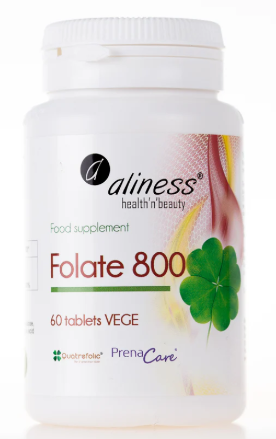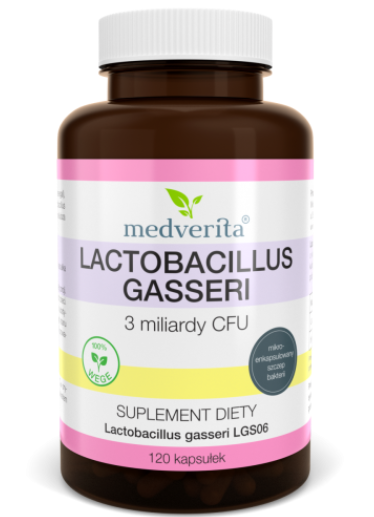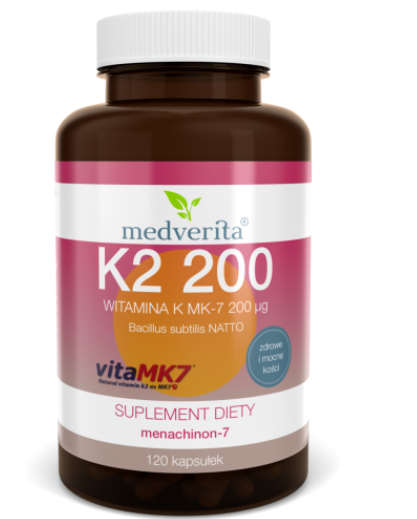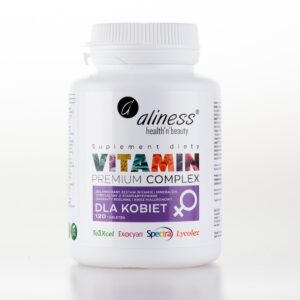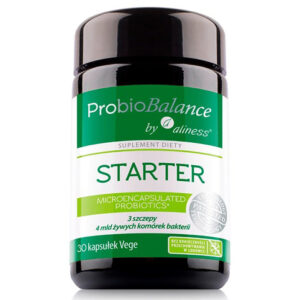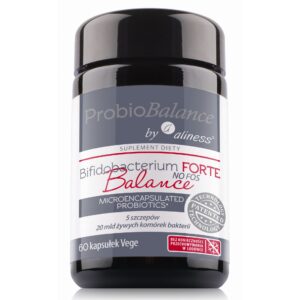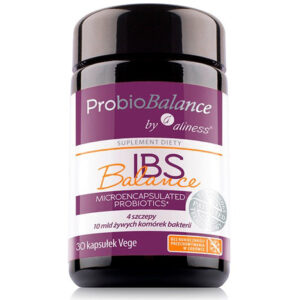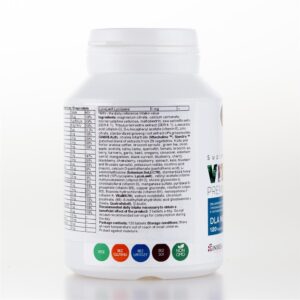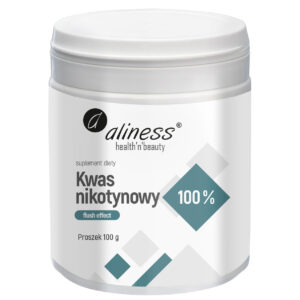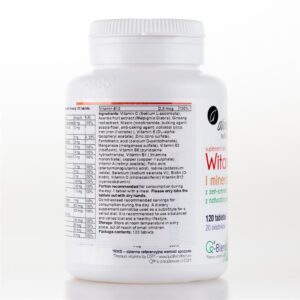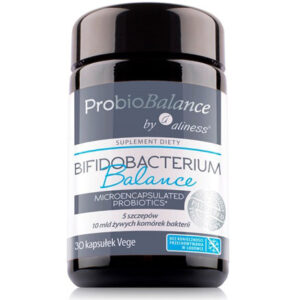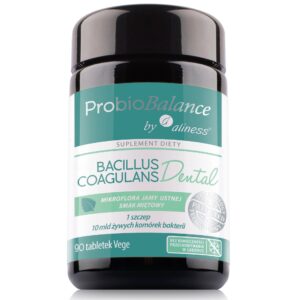Aliness Folian for pregnant women, 60 vegan tablets
£ 11.19
- For pregnant women
- No unnecessary additions
- Vegan product
- Gluten free
- Lactose free
- Soy free
- GMO-free
Ingredients: bulking agent: microcrystalline cellulose, (6S)-5-methyltetrahydrofolic acid, glucosamine salt, Quatrefolic ® .
Recommended daily dose: 1 tablet daily, with a meal. Do not exceed the recommended daily dose.
- Description
Description
Description
- For pregnant women
- No unnecessary additions
- Vegan product
- Gluten free
- Lactose free
- Soy free
- GMO-free
| Ingredients | 1 tablet (daily dose) | |
| (6S)-5-methyltetrahydrofolic acid, glucosamine salt | 1441µg | |
| including folates | 800 ug (*400%) |
* RDA: Daily Reference Intake for an Adult. Reference intake for an average adult (8400kJ / 2000 kcal)
Ingredients: bulking agent: microcrystalline cellulose, (6S)-5-methyltetrahydrofolic acid, glucosamine salt, Quatrefolic ® .
Recommended daily dose: 1 tablet daily, with a meal. Do not exceed the recommended daily dose.
Product dedicated to pregnant women. Use in pregnant women after consulting a doctor.
The product cannot be used as a substitute for a varied diet.
A varied diet and a healthy lifestyle are recommended.
Package contents: 60 vegan tablets
Storage conditions: Store at room temperature, out of reach of small children. Protect from moisture.
EFFECTS OF FOLATE:
- contribute to the growth of maternal tissues during pregnancy
- reduce the risk of developing neural tube defects in the developing fetus
- help in proper blood production,
- help maintain proper homocysteine metabolism
- help in maintaining normal psychological functions,
- contribute to reducing the feeling of tiredness and fatigue,
- help in the proper functioning of the immune system,
- they take part in the process of cell division,
- help in the proper synthesis of amino acids
Folate PrenaCare by ALINESS is a rich source of highly bioavailable folate in the patented Quaterfolic® form .
The term “folic acid” encompasses all forms of folate. If the word “folate” sounds like “leaves” in English, that’s no coincidence. The words share a common root (the Latin word folium, meaning “leaf”), which helps remind us that green plant foods can be some of the richest sources of folate.
Folic acid is susceptible to oxidation, rapidly loses activity in food, and is largely destroyed by cooking, up to 90%.
Synthetic foil
Folic acid from food must be metabolized to 5-methyltetrahydrofolate (5-MTHF) for full metabolic efficiency
Most folate intake comes from synthetic versions of folic acid in supplements and added to foods. Today, we know that folic acid undergoes complex metabolic processes and that there are differences among populations in their ability to efficiently metabolize folic acid to its bioactive form (1,2).
Folic acid in food is hydrolyzed to monoglutamate in the intestine before being absorbed by active transport across the intestinal mucosa. Therefore, before entering the bloodstream, the monoglutamate form is reduced to tetrahydrofolate (THF) and converted to methyl forms.
On the other hand, folic acid is first reduced to dihydrofolate by the enzyme dehydrofolate reductase (DHFR) and then to tetrahydrofolate. In humans, the intestine appears to have a very high capacity to convert reduced dietary folate to 5-MTHF but a limited capacity to reduce folic acid. In fact, it reaches the liver unmetabolized.
Quatrefolic® , a highly bioavailable form of folate, may be the best choice when it comes to supplementing active folate to support and regulate the methylation cycle. (7.8).
Quaterfolic® – A SOURCE OF BIO-ABSOILED FOLIC ACID IN THE FORM OF ACTIVE FOLATE
Quatrefolic® crosses the gastric barrier and is absorbed mainly in the small intestine by a carrier mechanism.
The biotransformation of folate to 5-MTHF in the liver is regulated by two polymorphic enzymes, DHFR and MTHFR. DHFR enzyme activity appears to be low and highly variable. Chronic exposure to folate in the liver can result in a saturation of this nutrient, which can result in systemic circulation of unmetabolized folate. In addition, some people have genetic variations that reduce DHFR activity. A
new study published in 2014 clearly demonstrated that 86% of folate in the hepatic portal vein is not metabolized, and almost all natural folate is properly converted (3),(4) .
Quaterfolic® – BIOAVAILABILITY Orally
the bioavailability of the active ingredient largely depends on its solubility. Absorption of the compound occurs after dispersion and dissolution in intestinal fluid.
What does solubility mean?
High water solubility allows Quatrefolic® to be better absorbed by mucosal cells, facilitating access to the blood and circulation.
High water solubility means that Quatrefolic® can be readily absorbed by mucosal cells, which facilitate access to the blood and circulation, with the potential to improve the bioavailability of this chemical form of folate.
The exceptionally high solubility of Quatrefolic® in water is due to two specific features of this ingredient: the substance that creates glucosamine and the amorphous chemical structure of the product
Quaterfolic® – STABILITY
Quatrefolic® exhibits extraordinary long-term chemical stability, guaranteeing completely unchanged purity even after several months and a reduction from analysis within 18 months of less than 1%, which allows easy handling and storage. The pH value of Quatrefolic after reconstitution is neutral. This value also ensures higher stability of the molecule, protecting it from hydrolytic degradation.
Medicaline has deliberately chosen to conduct stability testing of Quatrefolic® in accordance with the strictest guidelines for pharmaceutical ingredients, ensuring independent and reliable criteria in order to make a long-term chemical stability declaration before promoting the product to its customers.
The lyophilized component can be used without special and restrictive conditions, is easily combined with other ingredients and excipients, and can be stored at room temperature instead of 2-8°C like other folic acid derivatives.
RECOMMENDED USE
Because Quatrefolic® contains a metabolically reduced form of folate, used and stored in the human body, it is fully bioavailable.
The recommended dose for pregnant women is 800 μg of pure folate. Based on: Nutritional norms of the Polish population – correction edited by prof. dr hab. med. Mirosława Jarosz, Institute of Food and Nutrition 2012.
Quaterfolic® – Impact on health and performance
In 2014, the European Commission approved the use of Quatrefolic® in the European Union as a new food ingredient. In 2015, Annex II to Directive 2002/46/EC was officially amended – Quatrefolic® was added, which can be used in the production of dietary supplements sold in the European Community.
The impact of folates on our health, assessed by the European Food Agency (EFSA) and approved by the European Commission, is described in the Annex to Commission Regulation (EC) No. 432/2012 of 16 May 2012 establishing a list of permitted health claims made on foods other than those related to the reduction of disease risk and children’s development and health. According to this regulation, folates:
- help in proper blood production
- help maintain proper homocysteine metabolism
- help maintain normal psychological functions
- contribute to reducing the feeling of tiredness and fatigue
- help in the proper functioning of the immune system
- they take part in the cell division process
- help in the proper synthesis of amino acids
- contribute to the growth of maternal tissue during pregnancy
Folate supplementation is recommended during pregnancy and lactation, for infants and young children, as well as for the elderly.
PREGNANCY/LACTATING
Increased demand for folate (800 μg pure folate) occurs during very active cell growth, for example during pregnancy and lactation.
Quatrefolic® as a source of (6S)-5-methyltetrahydrofolate (5-MTHF) may be particularly useful in providing a nutritionally active form of folate during the preconception period, pregnancy and lactation.
The concentration of folate in breast milk is maintained at the expense of its reserves in the mother’s body.
A breastfeeding woman needs 128 µg of additional folic acid per day to supplement her intake. 5-MTHF has been shown to be effective and possibly more effective than folic acid in maintaining red blood cell folate levels during lactation.
Babies and children:
Folic acid is a key nutrient when cell growth in the body is very active. It helps the immune system function properly.
Adults:
Folates are involved in the production of key neurotransmitters in the brain, helping to maintain normal psychological functions.
Folate is a cofactor for many important biological reactions, and its deficiency can occur at any stage of life. Folate supplementation can improve quality of life by reducing tiredness and fatigue.
Older people:
Folate deficiency occurs in approximately 30% of the elderly population.
Folate supplementation is important in older people because blood homocysteine levels increase with age and its metabolism is dependent on folate.
As part of the aging process, numerous physical and physiological changes occur.
Aging is associated with changes in gastrointestinal function that may likely affect the absorption of various forms of folate. Supplementation with highly bioavailable folates, especially in this age group, helps maintain normal psychological functions such as concentration, memory, and learning.

